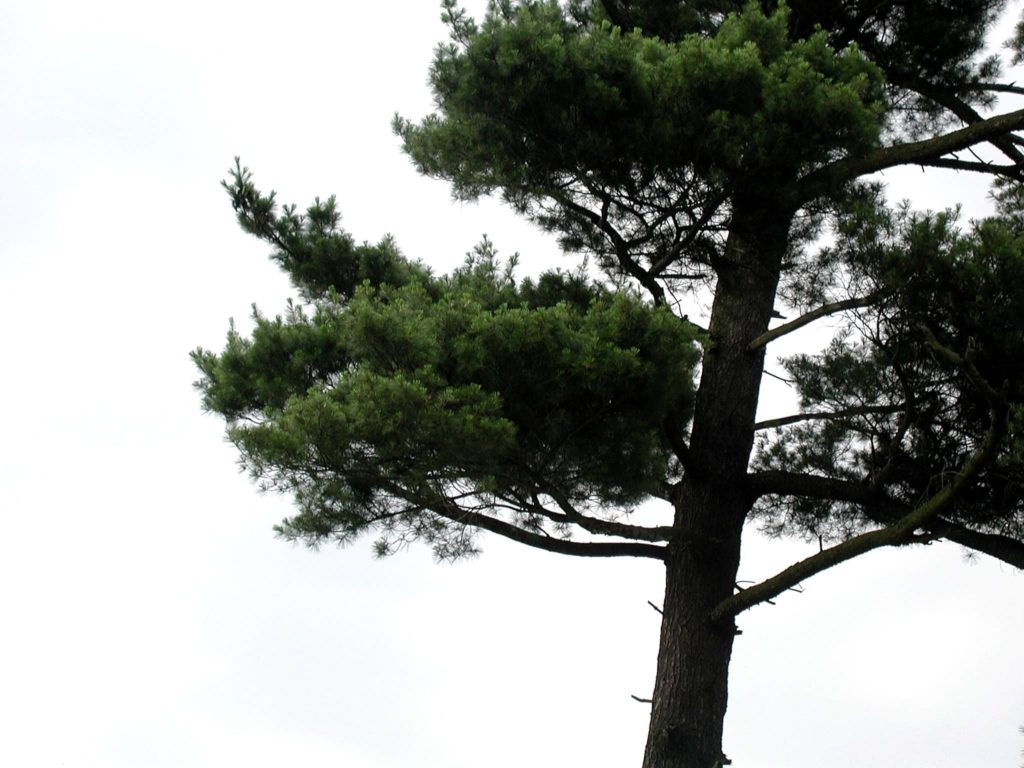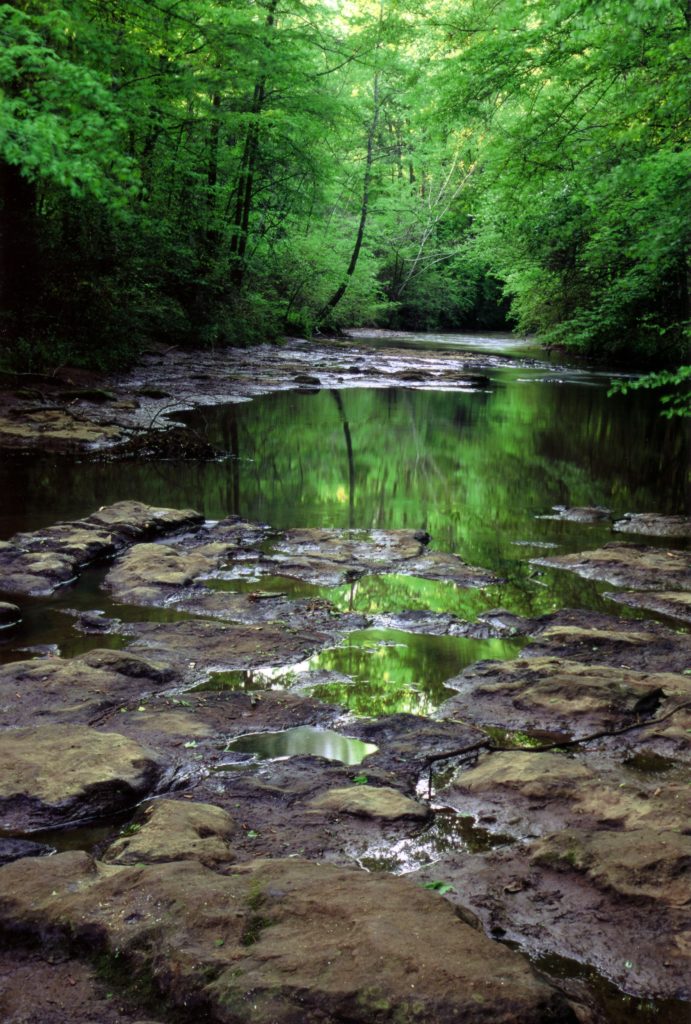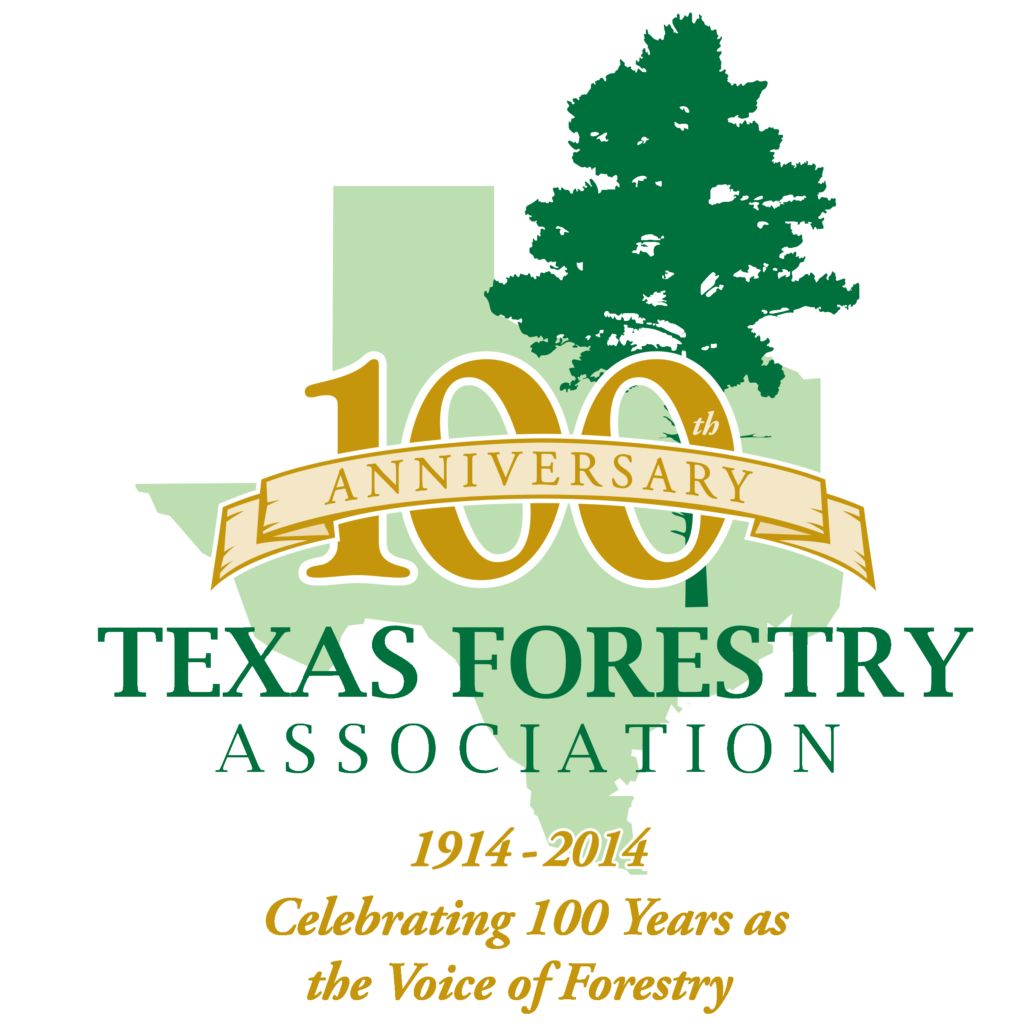
9 Forestry Best Management Practices
By: Susan Stutts, Assistant Director, Texas Forestry Association
It is documented that well managed forests provide us with clean water. They also absorb rainfall, refill aquifers, slow and filter stormwater runoff, reduce flooding, and provide habitat for fish and wildlife. Forestry operations, if done improperly, can negatively impact these benefits. Forestry Best Management Practices (BMPs) were developed to prevent these impacts from occurring.
Forestry BMPs are a set of guidelines that involve the application of conservation practices and prevent or minimize the amount of nonpoint source pollution (NPS) generated during forestry operations.
They help protect your soil and water, two key elements necessary for growing a healthy, sustainable and productive forest. Forestry best management practices can include such measures as leaving a buffer zone of trees next to a stream, installing a culvert to cross a stream, or establishing grass on forest roads to prevent erosion.
The Texas Forest Service, with cooperation from the forestry community, monitors the implementation of these guidelines by evaluating randomly selected forestry operations. Compliance with the non-regulatory BMPs has steadily risen to 94.1 percent, according to a 2011 survey by the Texas A&M Forest Service.

Computer models have estimated that over the past 15 years, BMPs have prevented more than 100,000 tons of soil per year from eroding off east Texas forests—enough to cover a football field, end zone to end zone, 35 feet deep. These practices also kept more than 12,000 tons of soil per year out of lakes and reservoirs.
9 Best Management Practices for Texas Forestry.
- Leave a 50 foot strip of trees along streams after harvesting your timber, this will help prevent sediment from entering streams and also provide wildlife habitat.
- Install appropriate water control structures along roads to allow water to drain quickly. Also stabilize and retire roads no longer in use.
- Avoid crossing streams when possible. If this is not possible, cross streams at straight sections and at right angles. Remove all temporary crossings and logging debris from channel and stabilize stream banks.
- Make sure the ground is stable enough for heavy equipment so rutting does not occur.
- Conduct operations on the contour of the land.
- Read and follow manufacturers’ labels before applying silvicultural chemicals.
- Properly dispose of all oil and trash associated with the operation.
- When harvesting your timber, use a professional forester and choose a logger that has been trained in BMPs.
- Try to become familiar with BMPs and include them in your timber sale contract.
In Texas, if we demonstrate voluntarily that we can maintain or improve our water quality while harvesting or site preparing our timberland, we may avoid the pain of mandatory restrictions.
The Texas Forestry Association strongly urges you to use BMPs on your operations to protect water quality. With your help, we can continue our water-quality improvements and ensure the sustainability of our forests for all Texans to enjoy.

For More Information:
CONTACT the Texas Forestry Association
PO Box 1488
Lufkin, TX 75901
(936) 632-8733
